Not too far from the Las Vegas strip lies a junkyard filled with huge neon signs – signs that once proudly adorned such famous nightclubs and casinos like Caesars Palace, Binions Horsehoe, Golden Nugget, Silver Slipper and the Stardust. Around 150 of these neon signs, no longer wanted by the businesses that commissioned them, make up the Boneyard of the Neon Museum in Las Vegas.
The collection was originally started by the Young Electric Sign Company, a family owned business began by Thomas Young in 1920, which later became one of Las Vegas’s most innovative sign manufacturer. At that time, YESCO would often lease their signs rather than sell them, so when the signs were decommissioned they would be returned back to the company. Instead of dismantling their signs, YESCO began to store some of their favorites. Sitting in the company’s backyard, exposed to the elements, these iconic landmarks were slowly being destroyed until they were rescued by a non-profit organization in 1996. The restored signs are now displayed at the Neon Museum located at Las Vegas Boulevard, just north of Bonanza Road and next to Cashman Field Center.
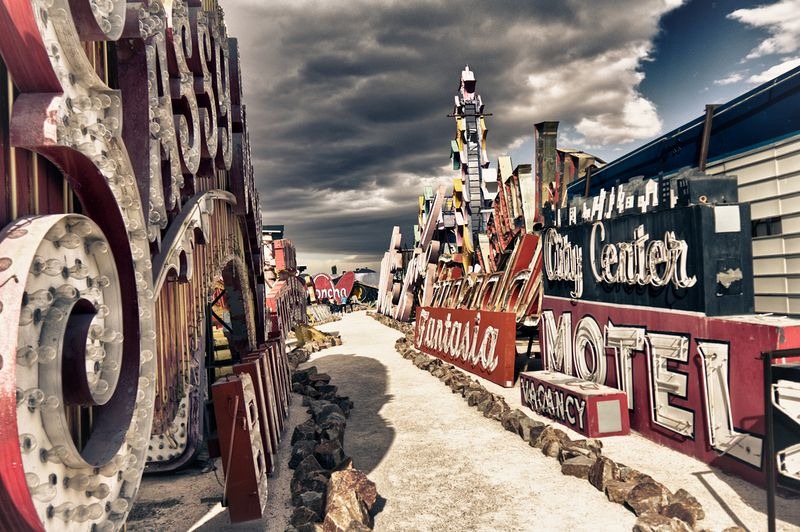
The nearly two-acre campus includes an outdoor exhibition space, known as the Boneyard, which features more than 150 signs, including such classics as parts of the Flamingo, pieces from Binion’s Horseshoe, the original Golden Nugget, an old sign from Caesar’s Palace, the famed Ugly Duckling from a defunct car dealership, and the Moulin Rouge. Also among the exhibits are sculptures such as the pirate skull from Treasure Island.
One of the highlights of the museum is 216 feet long and 27 feet tall sign that greeted people at the Stardust. It was the Strip’s largest sign fitted with 11,000 bulbs and 7,000 feet of neon, and could be seen from three miles across the desert. The sign was originally installed at the casino in 1958. The oldest piece in the collection is from the Green Shack, which opened in 1929 and was known for its fried chicken.
Aside from neon signs, the museum also helped save the the lobby building of the 1961 La Concha Motel, which is now reused as the museum’s visitor center.

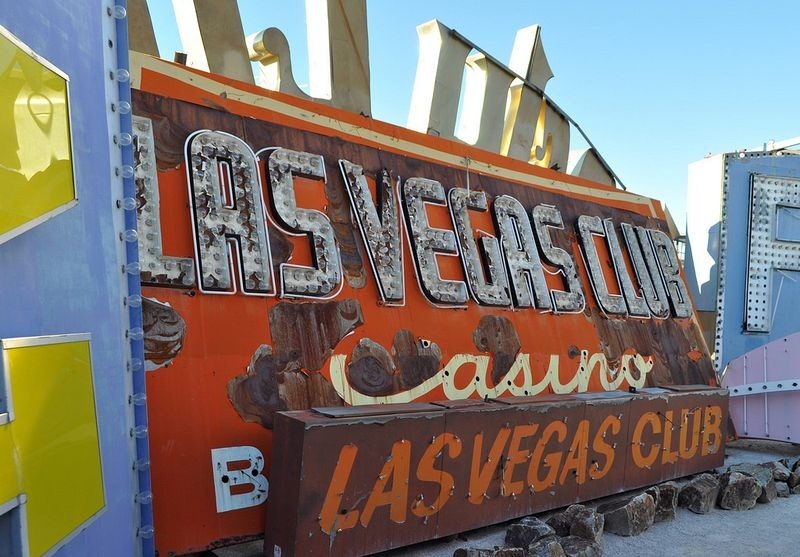
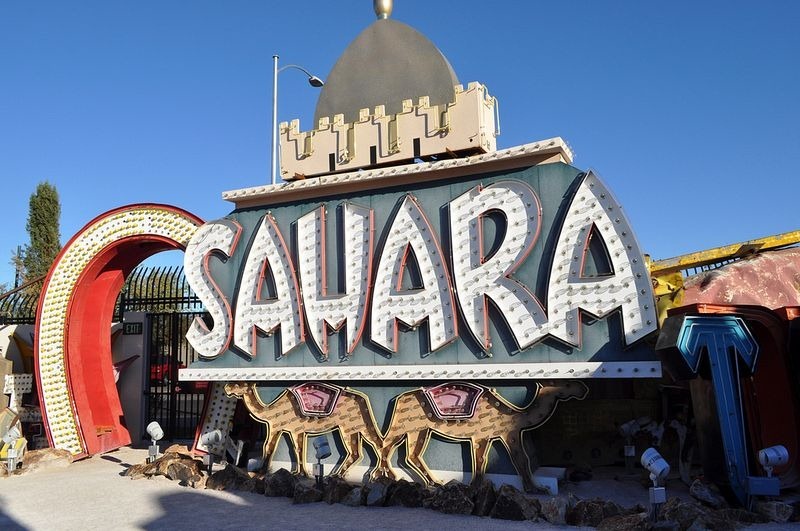

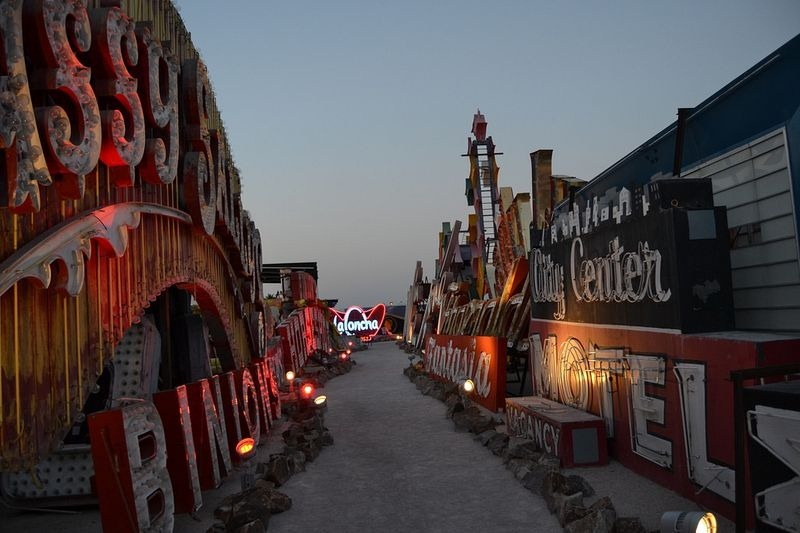
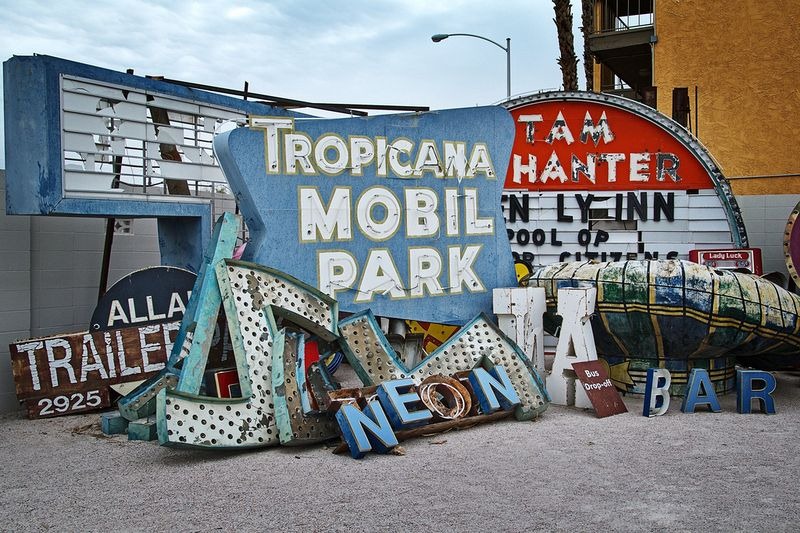
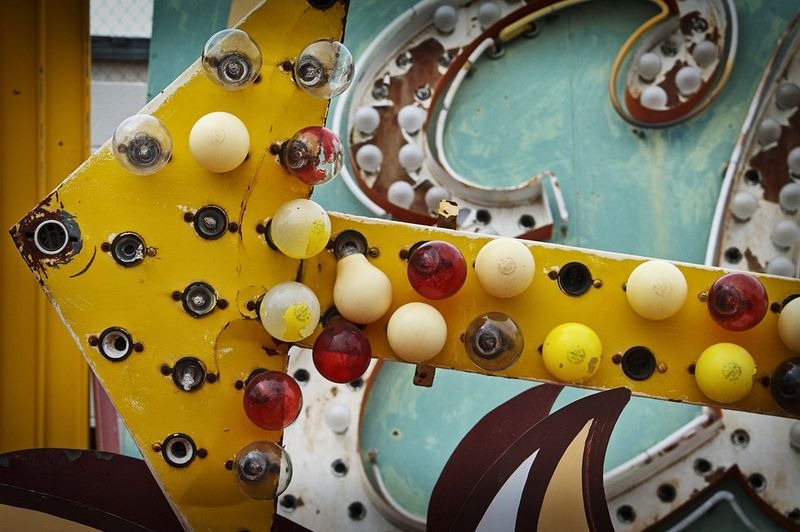

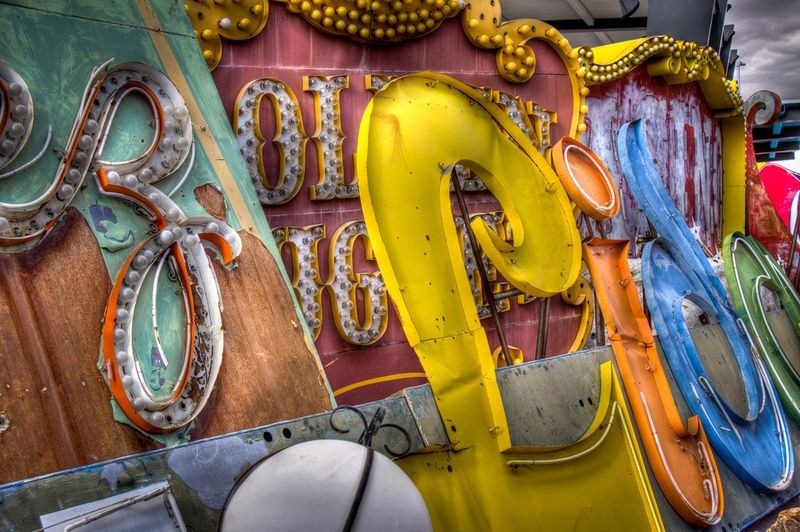
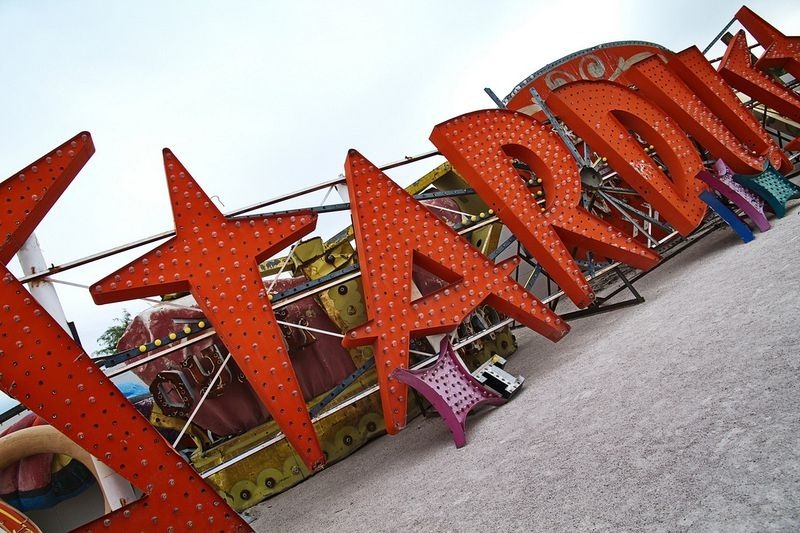
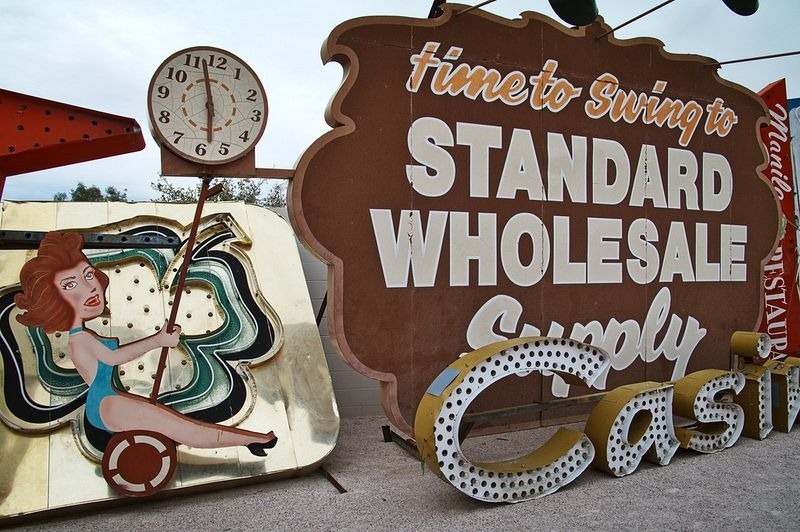


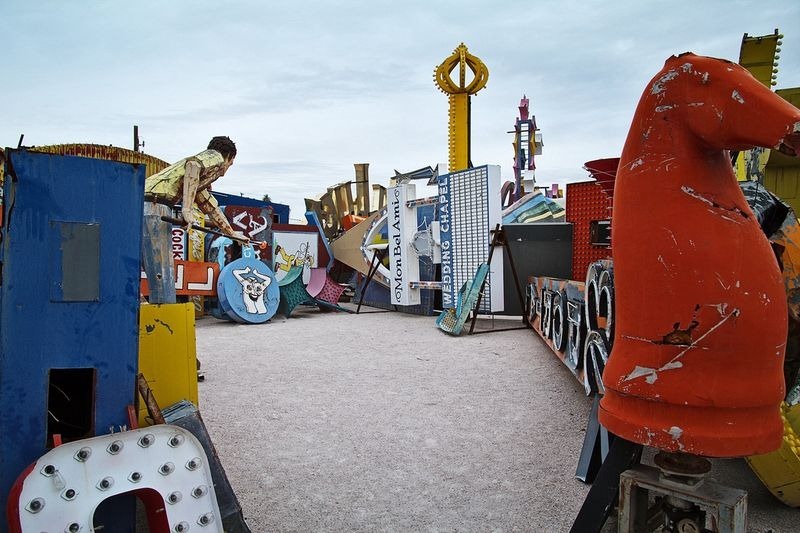
Sources: www.neonmuseum.org / NY Times / Offbeat Travel
This article has been revised and republished from an earlier article that appeared on Amusing Planet on December 14, 2009.



Comments
Post a Comment